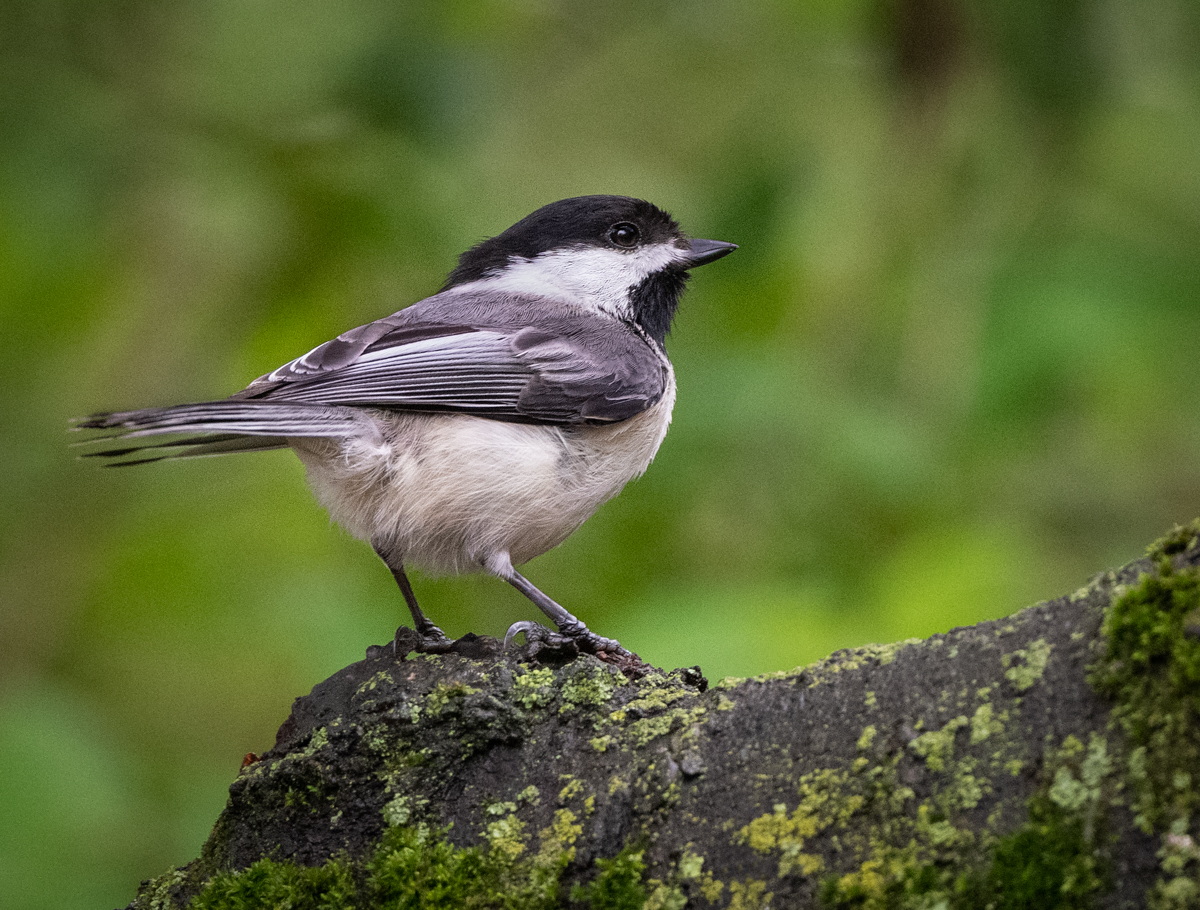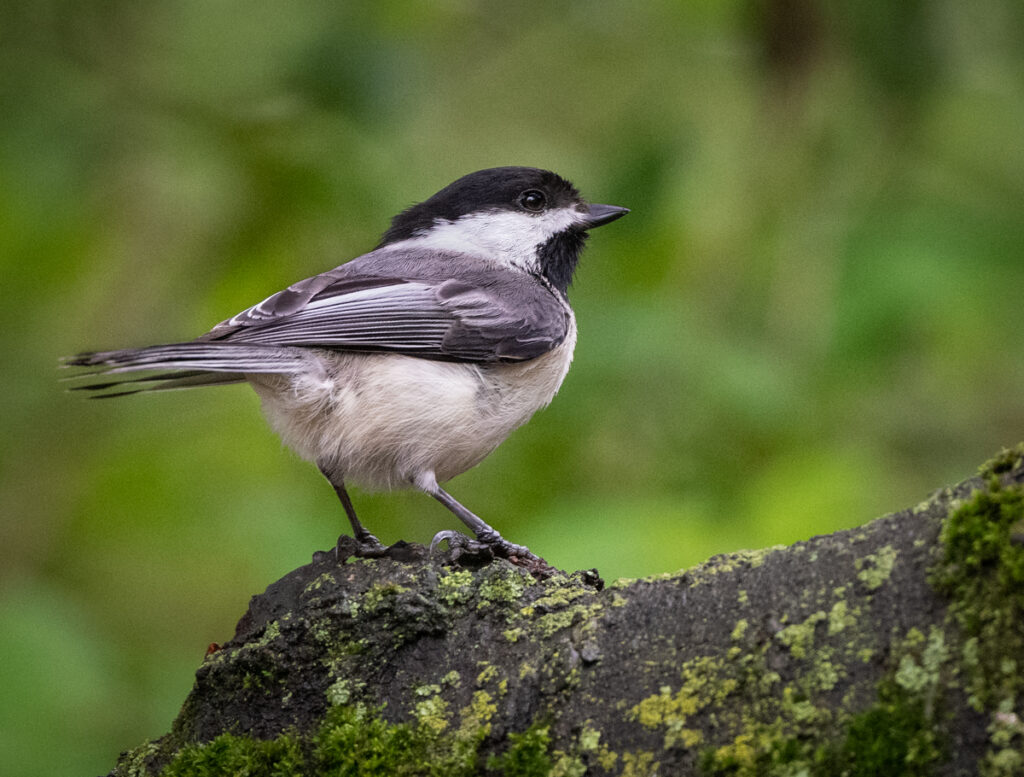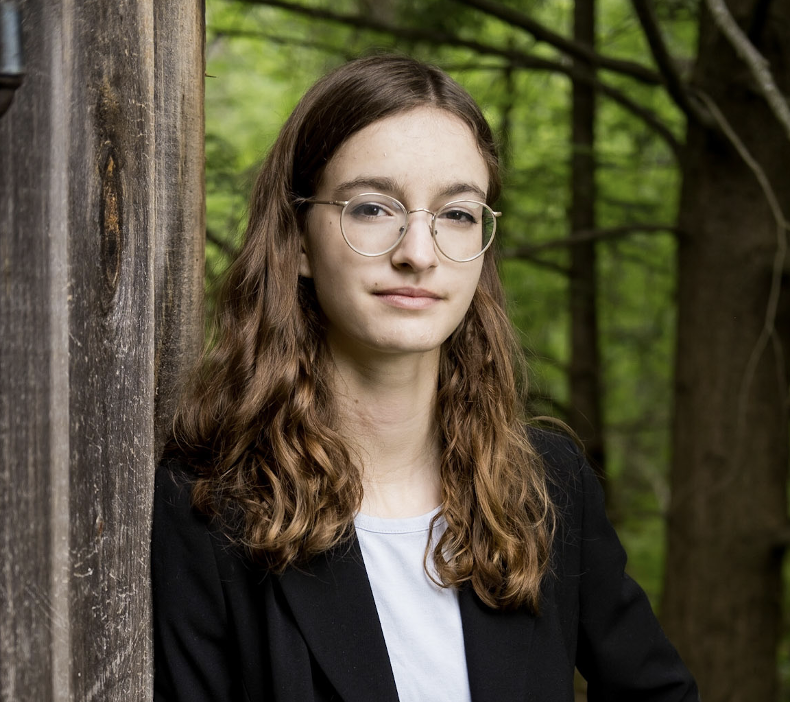
By ABA Young Birder – Anna S.

For many years I have been worried about borders and barriers. I live on the edge of nature and city in a quiet suburb surrounded by crashing waves, rocky shorelines, and highways to Portland. It takes a twenty minute drive for me to be fully immersed in either world, whether I’m among the whispering reeds looking for shorebirds in Scarborough Marsh or thrifting downtown with an iced coffee in-hand. The city life comes naturally, trained as I am to be a teenage girl by my friends and two older sisters. To delve into the natural world I have needed the support and guidance of many adult mentors. I have always been a kid drawn to the outdoors. I spent my time poking muddy riverbanks with sticks to gather natural clay for sculptures, attempting to identify mushrooms with old guide books from my local library, and teaching my friends how to “talk” with Mourning Doves by mimicking their coos.
My grandfather recognized this precious seed of passion, and nurtured its gentle roots. For my sixth birthday he gave me my first bird feeder, which I watched in fascination. The next year we planted a native sapling together in my backyard. The year after that, the shiny ribbon-tied gift box held a pair of binoculars perfectly shaped for little hands. Soon I was off puzzling over the differences in sparrows and picking out the dialects of the neighborhood Black-capped Chickadees. It has been the gifts of numerous adults over my life that have led me to fully fledge into a birder. The gift of time, such as the carpool ride to my first Audubon naturalist walk. The gift of sight, when more experienced birders stepped aside so the younger me could marvel through a scope that I had to stand on my tip-toes to reach. The gift of thoughtfulness, like when courteous a family friend sent me a pamphlet for the Maine Young Birders Club, not knowing that he had just introduced me to one of the communities I value most in my life now. And the gift of patience, such as when the leaders of the Maine Young Birders Club answer my incessant questions.
These actions may have seemed small to the individuals who performed them at the time, but they shaped who I am today. I am a climate activist, a birder, and a student. I am a young person making my way through a world that is changing around me and shifting underneath my feet. I am still figuring out who I am and who I want to be, yet I know that with the guidance of various mentors I will find my ecological niche.
The border that has nagged at me most is the line between the sky and the land, the sky and the sea. Whenever anyone asks what I want to be when I “grow up,” my answer is practiced and fluid: “conservation ornithologist.” I used to hesitate in this response. I wondered if turning onto the path of birds would be abandoning all the other animals I loved. In a flurry of feathers and talons, would my interest in creatures with fur and claws be lost? How can one study all of ecology while focused on the seemingly narrow category of avifauna? It wasn’t until September of 2018 that my mind was put to ease.
That autumn I went on a pelagic birding trip from Bar Harbor, Maine, near Acadia National Park. My friend and I were excited to explore the foggy waters far off the coast to find jaegers, shearwaters, and the pelagic holy grail of one or both skua species. Halfway through the 9-hour trip, the magic words came over the tinny intercom: “Great Skua, 12 o’clock off the stern!” I leaped out of my seat, hands already white-knuckled over my binoculars. In the same instant, my friend shouted over the wind that there was a sperm whale off the bow. I froze. The moment I feared had arrived. There was a choice between birds and another fantastic species, a creature that had only been seen once before in the history of this pelagic excursion. I chose the bird.
The Great Skua was glorious, but no sooner had I laid eyes on its four-foot wingspan than it dove for fish in the roiling water below. Humpback whales had brought a silvery school to the surface, which the sperm whale threatened to splash away with its mighty tail. I observed this complex interplay of species with awe. Cold-water upwellings clashed with a warmer Neotropic current, the skua pirated prey from the petrels, and the pod of humpback whales displayed for one other. The humans simply marveled at all that had emerged from the depths. I returned from the pelagic with a broad smile, wobbly legs, and purple-frosted fingertips. That trip helped me to understand that there are no real borders in nature. I learned that the sky and land blur into one endless horizon and the path of birds crosses over, doubles back, and merges with the paths of every other organism on Earth.
Thanks to: Derek Lovitch of Freeport Wild Bird Supply for teaching me much about identification, mnemonics, and guiding every optics purchase I make; Tux Turkel for handing me a pamphlet about the Maine Young Birders Club so many years ago; Ian Doherty, friend and basically a brother at this point, for reading over this piece and providing feedback (and his family for taking me on that pelagic in 2019); my parents for driving me to birds; my grandfather for gifting me binoculars; and many more youth and adults alike who have served as mentors and inspiration.

Anna S. (she/her) is a high school student, birder, and climate activist in Portland, Maine. She is the Advocacy Director of Maine Youth Action and a founding member of the Maine Youth for Climate Justice Coalition. She is passionate about applied science and the necessity for communication between decision-making spaces, stakeholders, and researchers in order to advance conservation. When not birding or answering emails about climate policy and grassroots advocacy, Anna writes poetry, hikes, and rock climbs.


